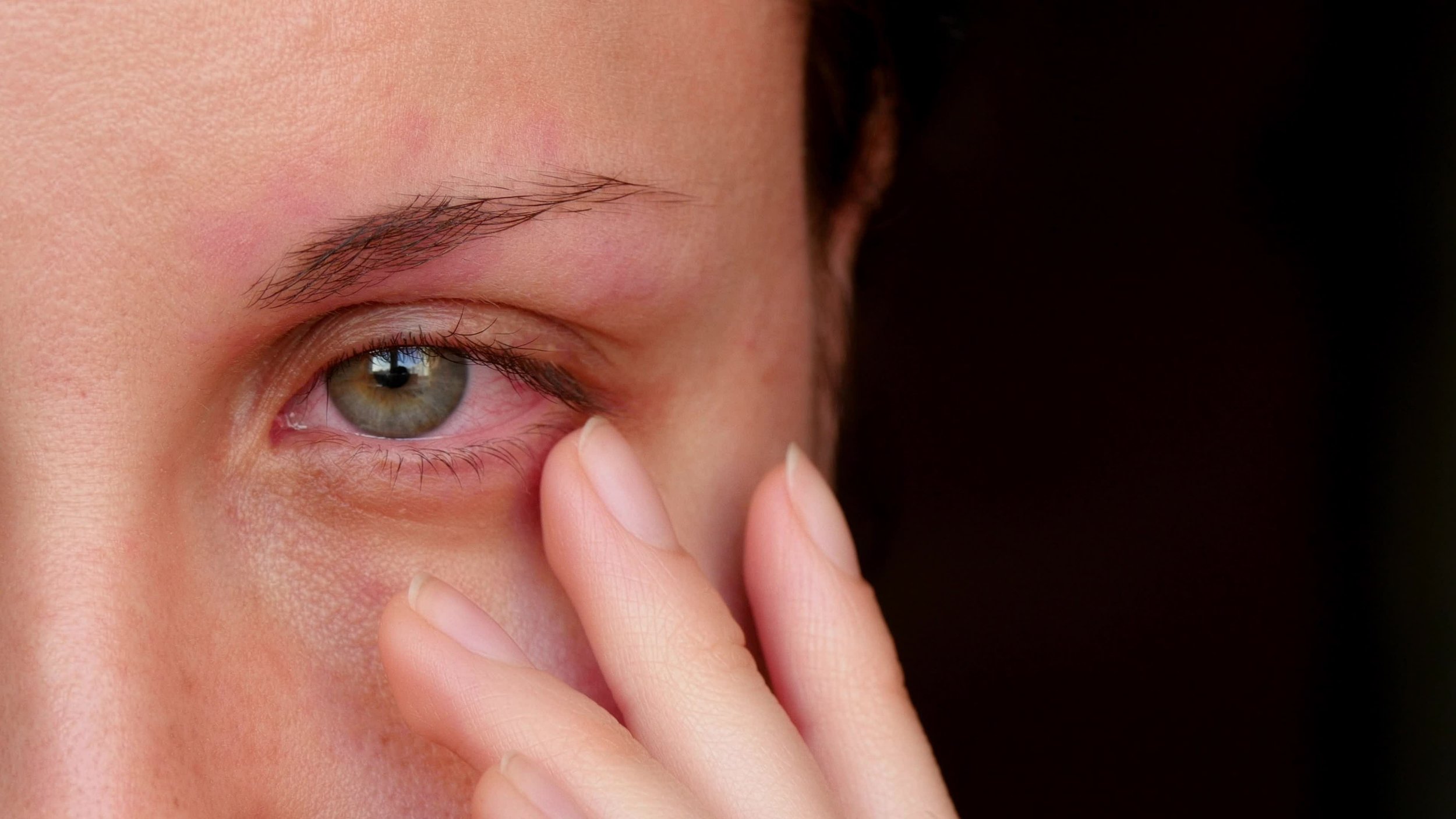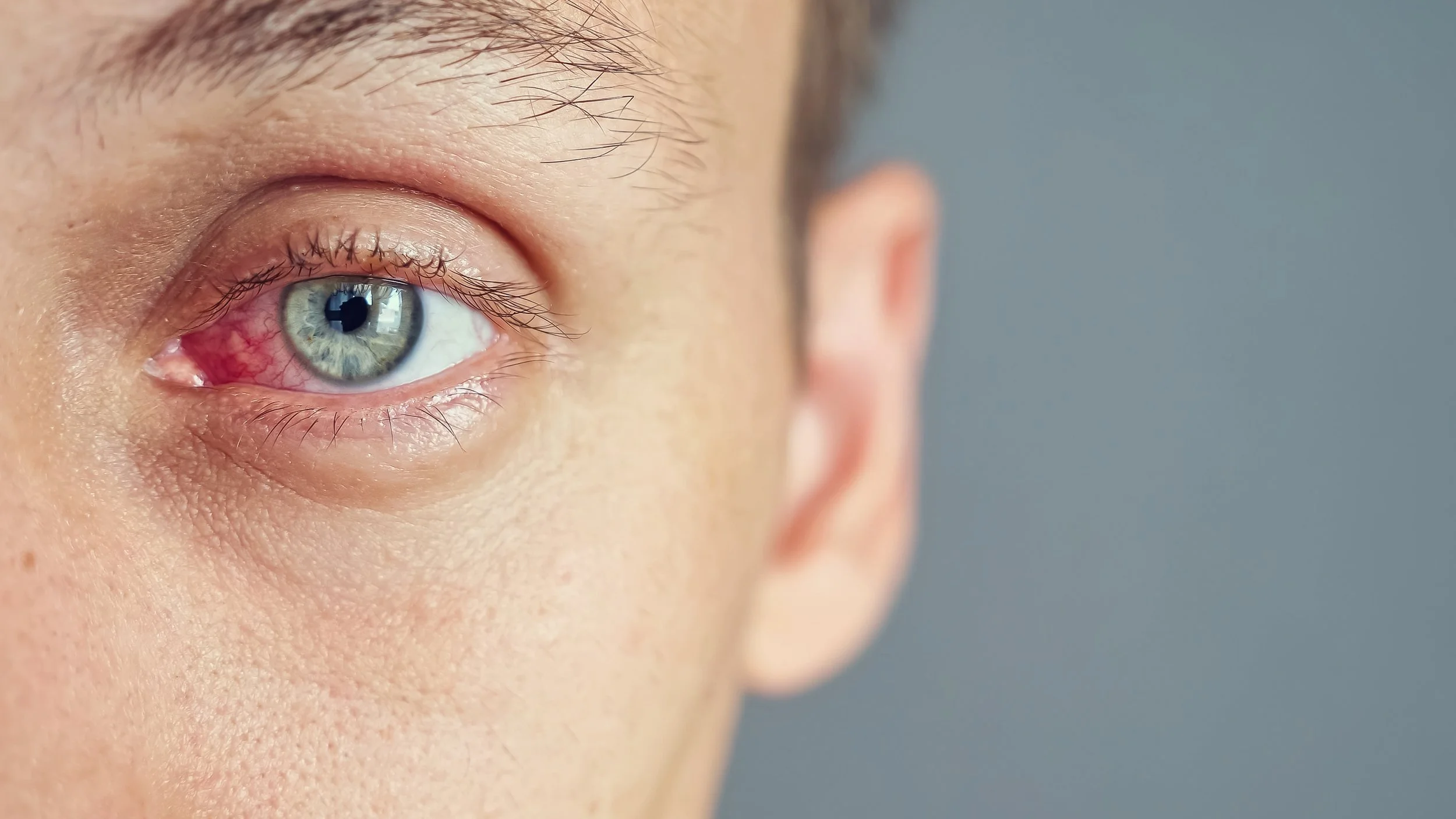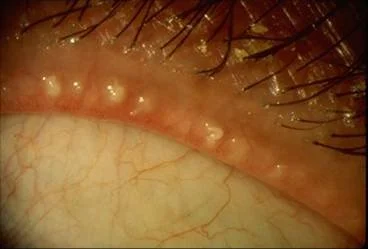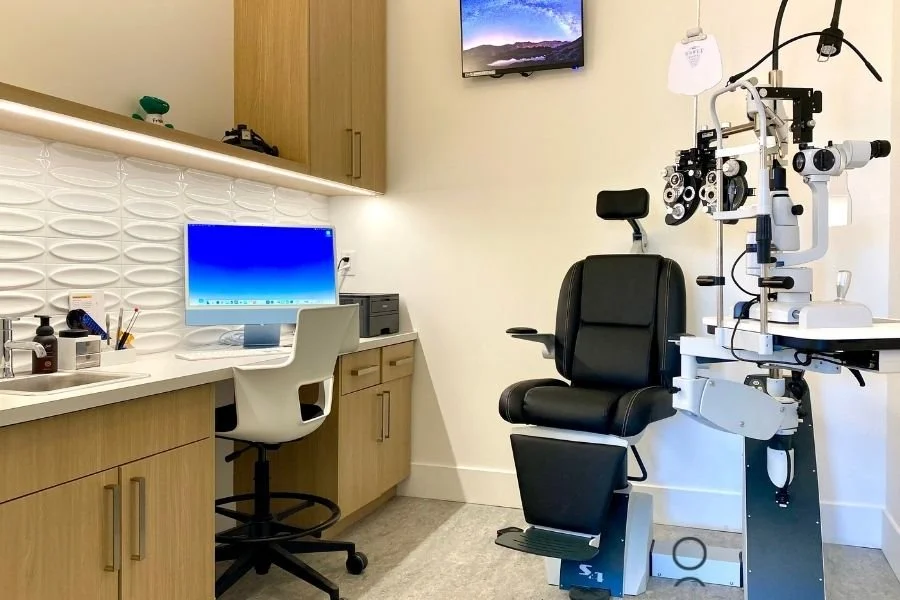
Eye Infections
& Red Eyes
Don’t Wait for Urgent Care or Walk-in Clinics. At Helio Optometry, our Edmonton Optometrists Diagnose and Treat Eye Infections Quickly—Often The Same Day.
Common Eye Infections We Treat in Edmonton
I Need An Eye Doctor
Near Me Fast!!!
You woke up with a red, painful, goopy eye—and now you’re wondering: Do I need to see an eye doctor? Is this contagious? Can I still wear my contact lenses?
At Helio Optometry, we see eye infections every day. From classic pink eye (conjunctivitis) to swollen eyelids, styes, corneal ulcers, and contact lens-related infections—we diagnose and treat it all, right here in our Edmonton eye clinic.
Whether it’s itchy, red, crusty, or just doesn’t feel right, your eyes deserve to be checked by someone who specializes in them. Our optometrists are trained to spot serious infections early and treat them properly—no long ER wait times required.
If your eyes don’t feel right, don’t wait—give us a call and we’ll do our best to see you the same day.
All of our optometrists are licenced in Alberta to prescribe both topical and oral medications.
Red, Sore, or Irritated Eye?
Book an emergency eye exam with one of our Edmonton optometrists today.
Cost: Covered by Alberta Health Care
Frequency: Hopefully Never
**Emergency visits are covered by Alberta Health Care for Albertans of all ages, but they do not include prescriptions for eyeglasses or contact lenses.
Signs You Should See an Edmonton
Optometrist Clinic Immediately
If you're experiencing any of the following symptoms, it's time to book an emergency eye exam:
Redness: Often the most noticeable sign, it can range from slight redness to a deep, bloodshot appearance. Redness is usually due to inflammation or irritation of the eye or eyelids.
Pain or Discomfort: This can vary significantly, from a mild, irritating sensation to intense pain. The pain might be constant or only occur when blinking or touching the eye area.
Discharge: Depending on the type of infection, discharge from the eye can vary. It may be watery, mucous-like, or even pus-like in more severe infections. The colour can range from clear to yellow or green.
Itching and Irritation: Particularly common in infections caused by allergies or irritants. Itching can lead to a vicious cycle of rubbing and further irritation. However, it's important to note that itchiness is not always related to allergies.
Blurred Vision: Infections that affect the cornea or tear film can lead to a temporary decrease in vision clarity. In some cases, sensitivity to light may also occur.
Swelling: Eyelid swelling is common in infections like styes and blepharitis. In more severe cases, the entire area around the eye may become swollen.
Feeling of a Foreign Body: A sensation as if something is in the eye, often accompanied by increased tear production as the eye tries to flush out the perceived irritant.
Crusting or Flaking: Particularly noticeable in the morning, crusts or flakes can form at the eyelashes or eyelid margins due to discharge drying overnight.
Tearing: An increase in tear production, or watery eyes, can be a response to irritation or inflammation caused by an infection.
Sensitivity to Light (Photophobia): Some eye infections can make the eyes more sensitive to light, causing discomfort or a need to squint in bright environments.
At Helio Optometry, we reserve time each day for same-day or next-day emergency visits, so you’re not left waiting in an ER or walk-in clinic for an issue that truly requires an eye doctor.
New Patients Welcome
Same Day Appointments Available
Red eyes and eye infections can stem from several sources, and not all causes are created equal. While some may resolve on their own, others can lead to serious complications—especially if they involve the cornea or inner eye structures.
Here are the most common causes we see at our Edmonton optometry clinic:
Bacterial Conjunctivitis
Typically presents with sticky, yellow or green discharge. It’s highly contagious and often spreads quickly in families, schools, and daycares. Requires antibiotic drops or ointments for treatment.Viral Conjunctivitis
Often linked to cold or flu viruses. This kind of “pink eye” is watery, itchy, and usually affects both eyes. It's also very contagious but often resolves on its own. Severe cases may need anti-inflammatory treatment.Allergic Conjunctivitis
Caused by environmental allergens like pollen, dust, pet dander, or seasonal triggers. Symptoms include intense itching, tearing, and puffy eyelids. Treated with allergy-specific eye drops, oral medications and avoidance strategies.Contact Lens-Related Infections
Improper lens hygiene, sleeping in lenses, or overwearing lenses can lead to corneal infections—some of which are vision-threatening. We regularly treat keratitis (corneal inflammation) and microbial ulcers caused by poor contact lens habits.Styes & Eyelid Infections (Blepharitis)
A stye is a red, painful bump along the eyelid caused by a blocked oil gland or bacterial infection. Blepharitis, on the other hand, is a chronic eyelid inflammation that can flare up and become infected.
What Causes Red or Infected Eyes?
How Our Optometrists Diagnose
and Treat Eye Infections
When you visit our Edmonton optometrist clinic for a red or infected eye, you’ll get more than a quick look. Our optometrists use advanced diagnostic tools and protocols to determine the root cause of your symptoms and develop a treatment plan tailored to your needs.
Here’s what sets our clinic apart:
Slit Lamp Microscopy
This microscope allows us to evaluate the front surface of your eye in high detail—helping us detect signs of infection, inflammation, or trauma that others might miss.Optomap Ultra-Widefield Imaging
If your symptoms involve floaters, flashes, or pain, we may take an ultra-wide retinal image to rule out retinal issues. In addition to other traditional testing like 3D OCT Retinal ScansCorneal Staining Techniques
Using a safe dye called fluorescein, we can highlight corneal abrasions, ulcers, or dry spots that could be contributing to your discomfort.In-Office Treatment & Prescriptions
We offer immediate treatment when needed, including prescription eye drops (antibiotics, antivirals, steroids), oral medications, or procedures to remove foreign material.
No referral is needed—just call us or book online, and we’ll get you in as soon as possible.










